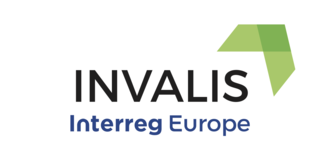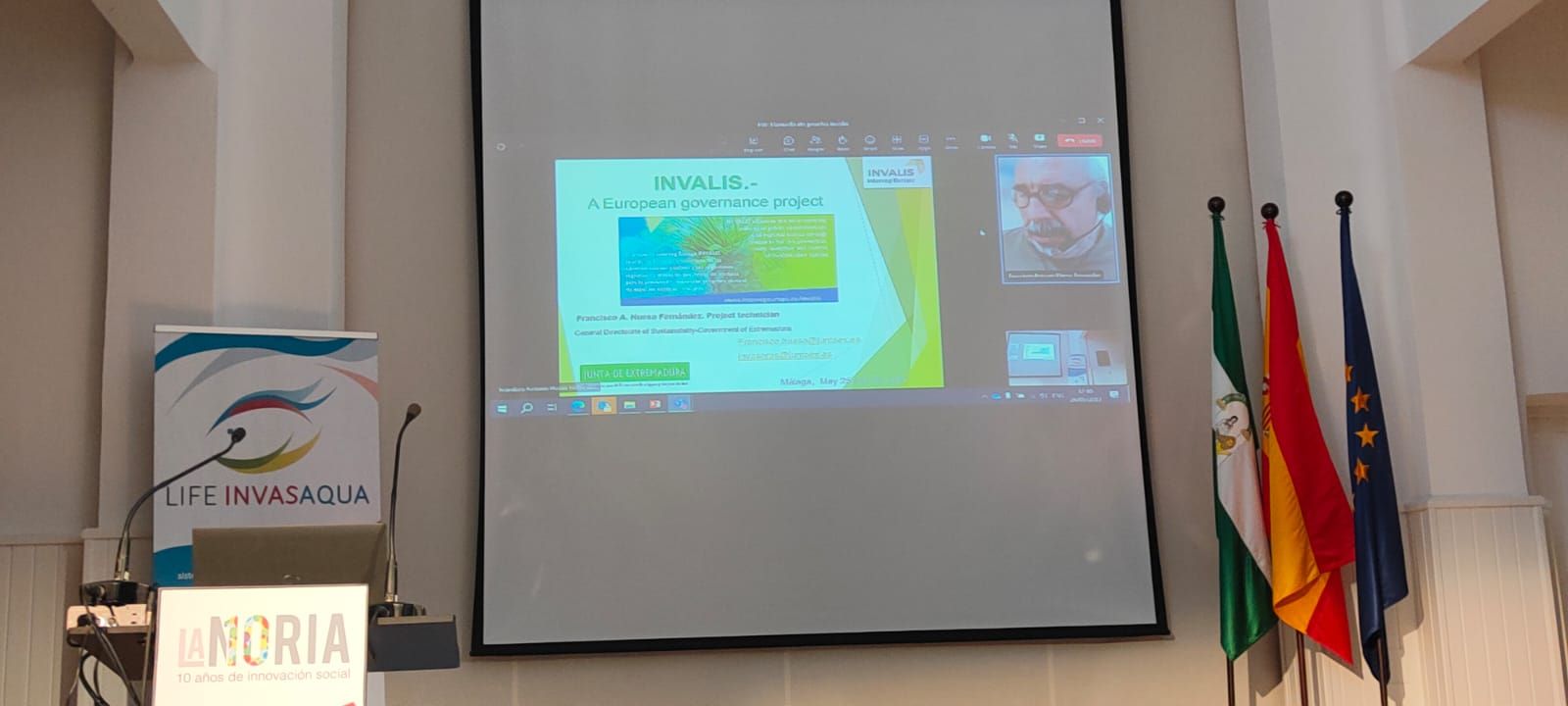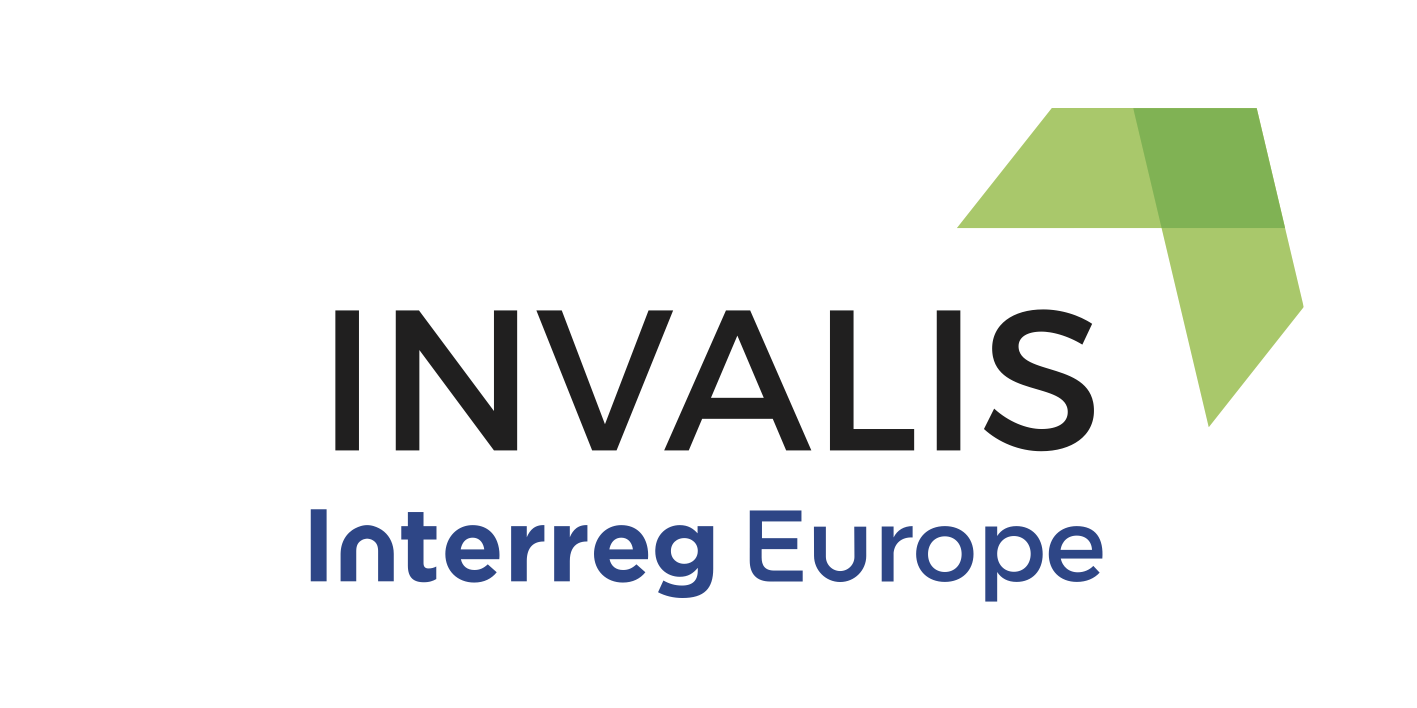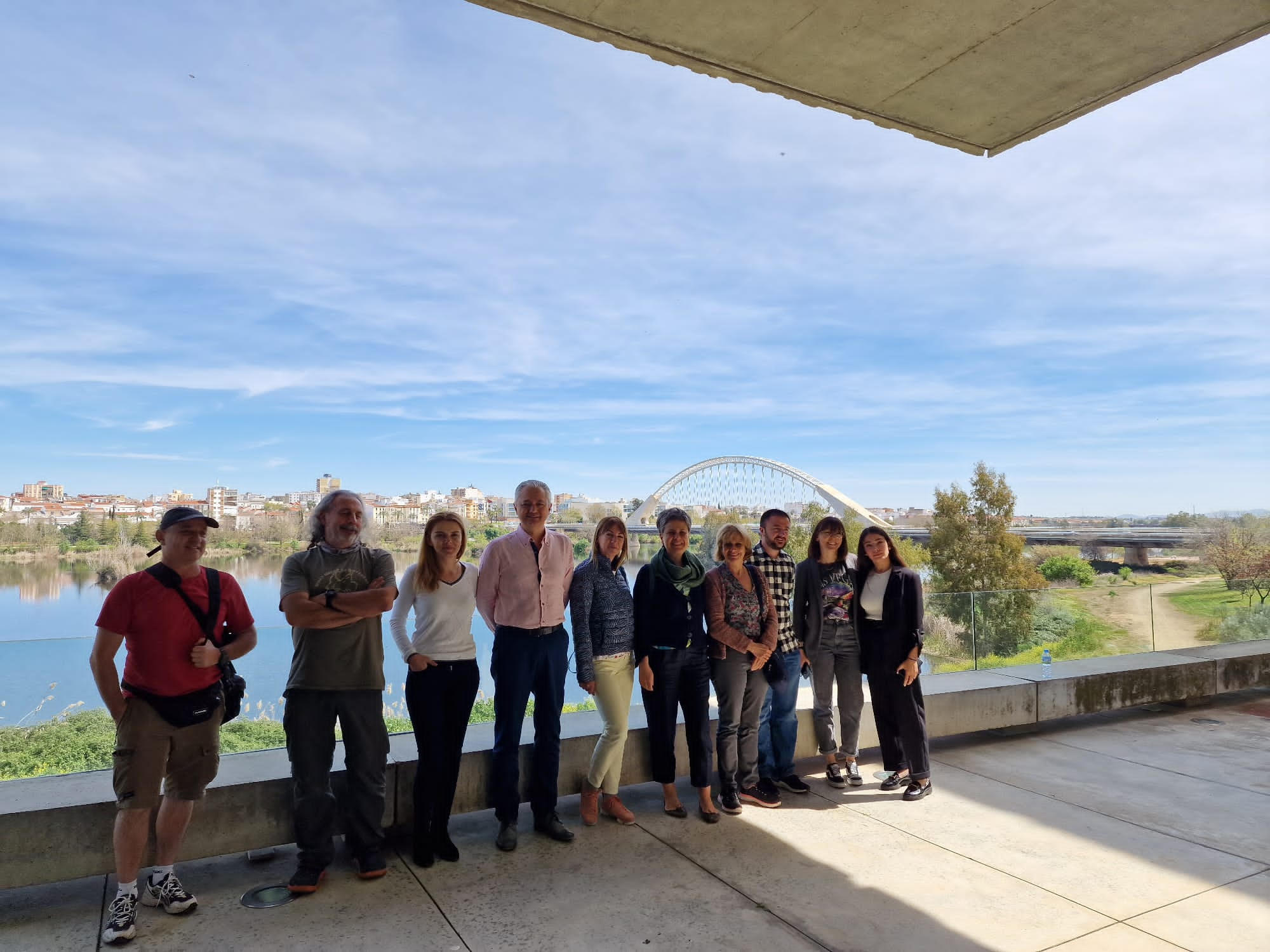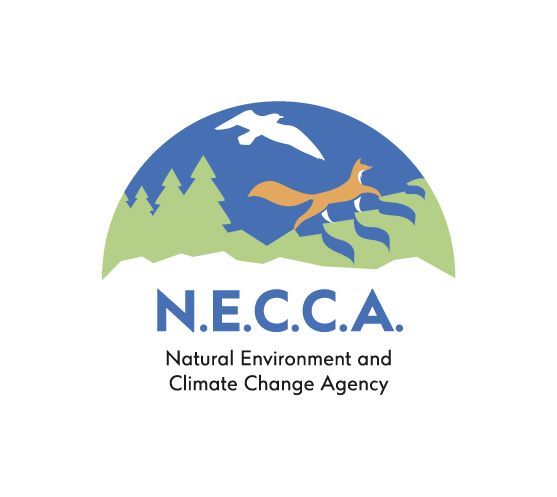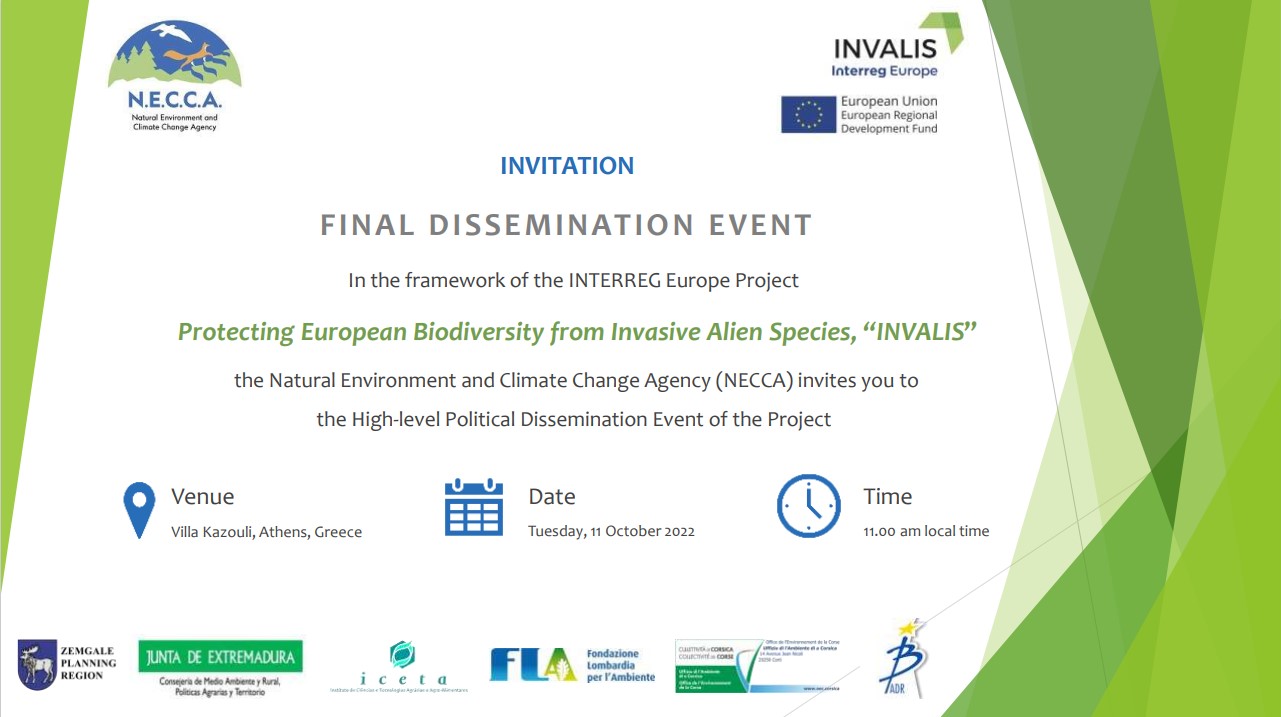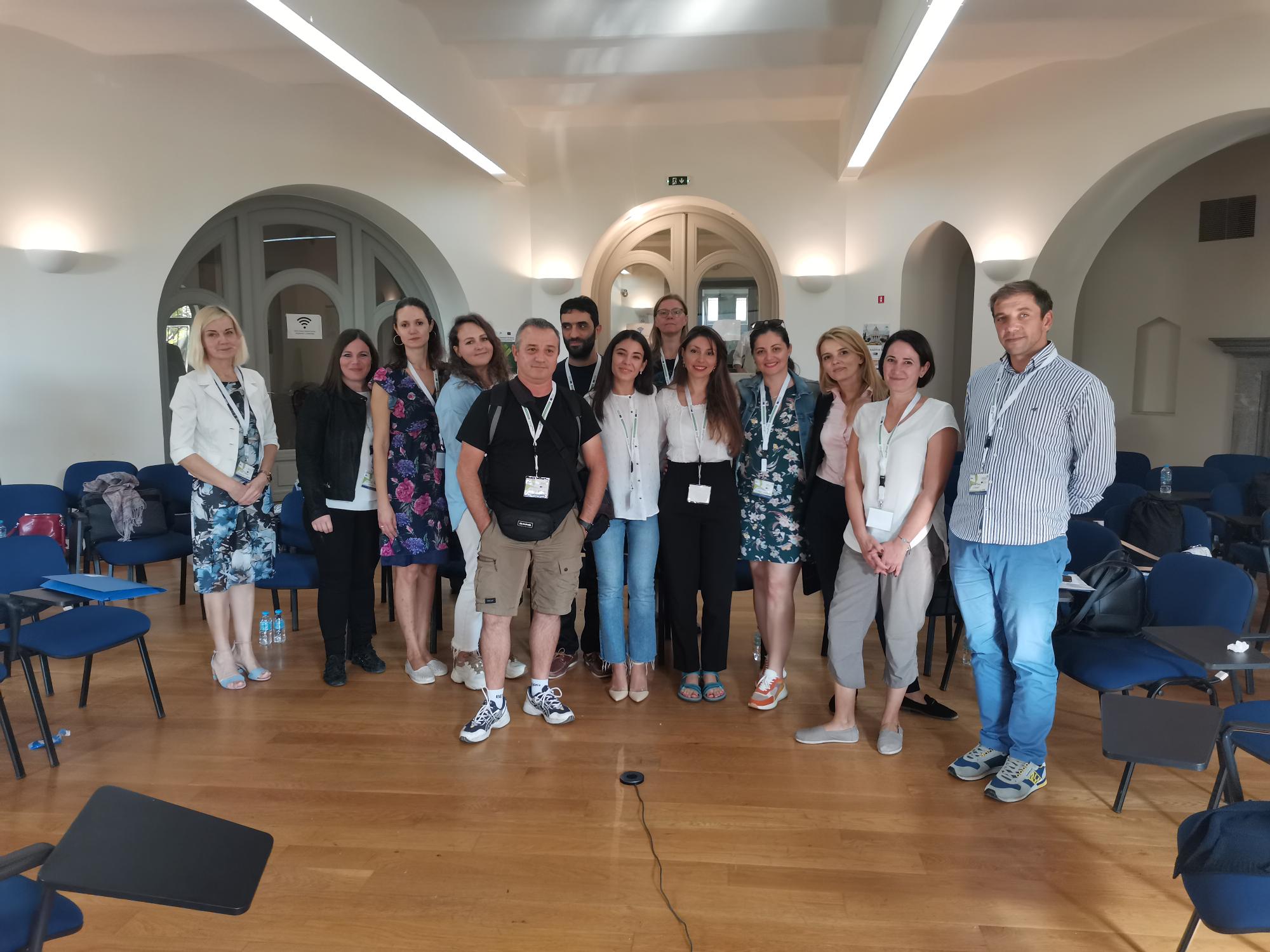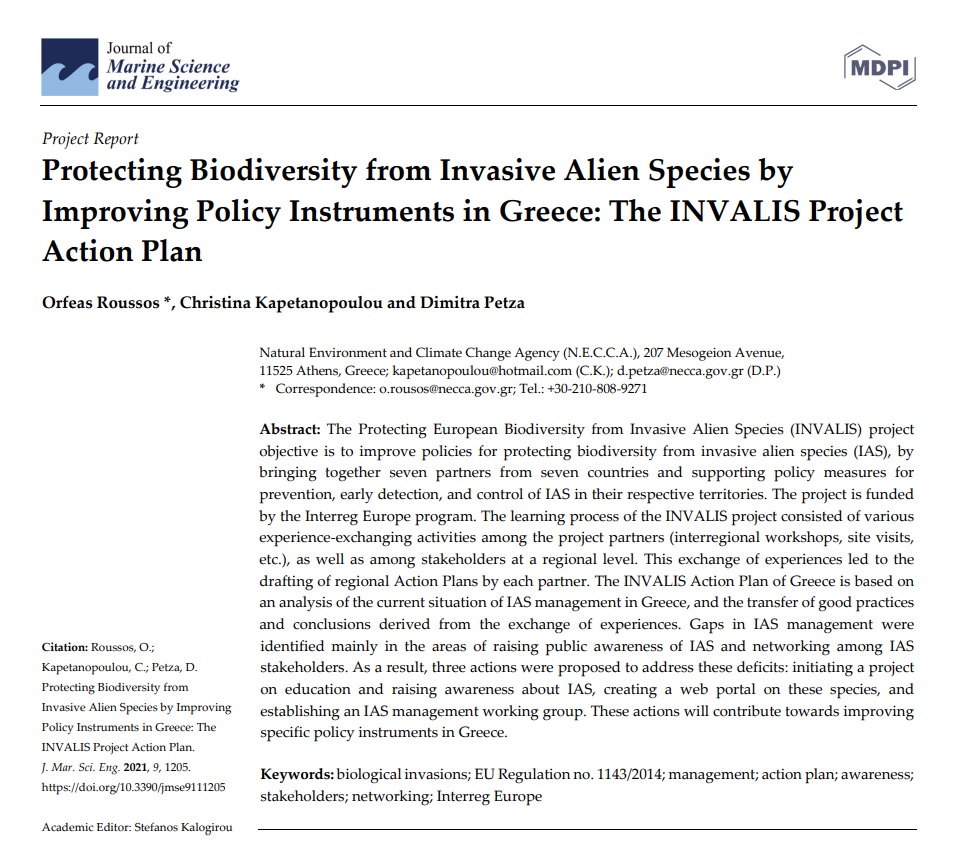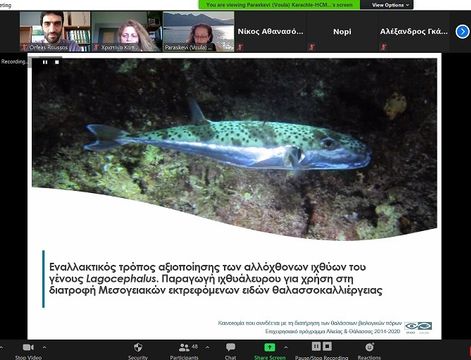During the second stakeholder meeting with experts from different areas that took place in May 2019, involved parties concluded that invasive species in Latvia is becoming an increasingly regional matter and the planned awareness campaigns will acquire an important role in the nearby future.
The meeting was opened by Zemgale Planning Region’s project manager Evija Ērkšķe, who presented the progress and challenges of “INVALIS” implementation till now. So far the current situation in Latvia has been analysed and an interregional working group took place, but the most important work is still ahead: identifying opportunities for improving policy measures and analyzing the impact.
“Our goal is to increase the number of organizations working on biological invasion projects by 15%. It is quite challenging as currently because of lack of funding and capacity EU regulation No.1143/2014 is implemented only partly - parallel with main duties,” explained E.Ērkšķe. Also she presented two good practice cases at EU level hoping that some of their ideas might be useful for local institutions.
“Invasive species are becoming an important regional issue in Latvia,” pointed out Daiga Vilkaste, representative from Ministry of Environment Protection and Regional Development of Republic of Latvia. Out of 49 species currently listed in EU legislation, Latvia has 18 - ten in the wilderness and eight in private collections or on sale: “Heracleum sosnowskyi is the most common one, but there are many others and five more species have a huge potential to enter the country in the foreseeable future.” Really important aspect is that usually society is unaware of the potential threat to the biodiversity and they do not report their findings. This is mainly due to the fact that people are not familiar with the invasive alien species of terrestrial, freshwater and marine ecosystems.
“INVALIS” members are aware that research and monitoring data are crucial to identify the threats and trends. Latvian team has already carried out several surveys, analyzing current situation and potential risks. “The most characteristic features of policy of invasive species are shortcomings in regulatory framework, lack of funding and lack of awareness,” explained project’s assistant Valentīna Mengote, adding that Latvia has numerous good practice cases, but they are not widespread. She pointed out that it is really crucial to identify these species timely, before they have truly adapted to local climate.
Evija Andrušķeviča, representing national Nature Conservation Agency, agreed, explaining that in some cases fighting invasive species is too expensive or even impossible. Institutions should emphasize preventive measures, especially educating people: “In many airports awareness is raised with special booths where you can find out more about the potential risks.”
Latvia is well known for its forests, as they cover more than 50% or the territory. State owned “Latvia's State Forests” is the largest manager of forest lands in Latvia. “We are actively combating already mentioned Heracleum sosnowskyi and the most common methods are mechanical and chemical, or a combination of both,” explained company’s expert Mārtiņš Kalniņš. Though, the fight cannot be 100% effective - it is useless to eliminate these species near private properties where the owners do not participate in the activity. Forest drainage systems also require special attention as the company is not using chemical solutions near ditches and other waterbodies.
2020 has been declared to be International Year of Plant Health. Astra Garkāje from State Plant Protection Service highlighted their plans regarding informing the society: “Although sometimes it seems that invasive species topic is not so important, we all must remember that health of plans is directly related to food safety and this matter of interest to everyone.”
Contact person: Aigars Ieviņš, Zemgale Planning Region
